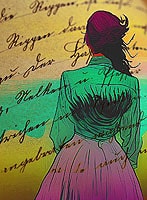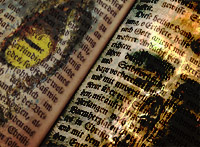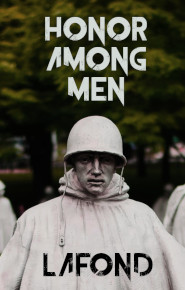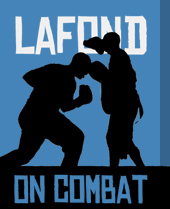A Pictorial History of the American Carnival, Volume 1
1971, Joe McKennon, Carnival Publishers of Sarasota, Sarasota Florida, 208 pages
Never have I read a pictorial history that was best suited for the still photo, and which could not have been adequately etched with just words. Chock full of photos, posters, schedules and programs, Joe McKennon’s chronological scrap book encyclopedia of an underpinning aspect of American common life deserves the appellation ‘treasure’.
The front piece is an overhead view of a fair above which is the four verses of Lockerbie Fair by James Whitcomb Riley. Equipment, particularly of lighting arrays, is pictured and described. The prevalence of revues and stage acts in earlier periods will shock the reader who now goes to the ride and game based carnival. Indeed, the revue put on by the Royal American Shows all black cast is cited by the author as an outstanding example of the classic carnival act, with a caption decrying the fact that such large staffs were no longer feasible in 1971.
My favorite photo and caption has to be of White Wing, a uniformed carney who carried a bushel basket and sharp stick and theatrically attacked all trash found on the midway.
Volume 2
1972, 192 pages
Volume 2 is the least interesting of the three in term of characters and the spectacle, but offers crucial insight into the management of carnivals, the innovation track, and the personalities of the owner/operators. Of particular interest to the combat arts enthusiast is a photo from a 1927 carnival depicting James A. Strates, who wrestled as Young Strangler Lewis, training on a fairground with Indian clubs.
Volume 3
1981, 240 pages
Volume 3 is the gem of the collection with the most photos of staff, including the large casts of various stage acts and revues. As in the other volumes attention to progress is paid, particularly in the area of transportation and rides. And, as depicted in the other volumes, carnivals do not seem to have been strictly segregated, even in the 1930s, with blacks present among carnival goers and staff.
This volume brings the carnival up through the late 1970s but still has many a classic photo from the earlier period, such as the Tango Girls flapper revue, and the small wooden stage of Kid Bennett’s Athletic show, with a ticket box painted with ‘We Challenge the World’ and a sign ‘Meeting All Comers’. The four athletes include three white wrestlers: a heavyweight, a light heavyweight in Indian headdress, and a middleweight. The fourth is a black lightweight boxer. Carnival booth boxing produced some of the best lighter weight fighters of the early gloved era, and it was nice to see that one of these guys was still doing his thing in what seems to have been the late 1940s or early 1950s.











